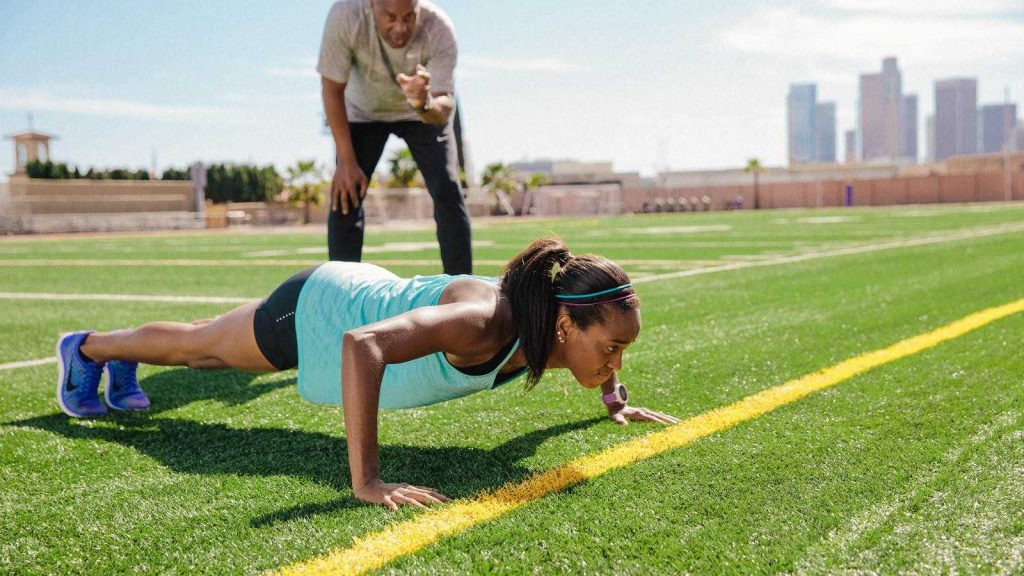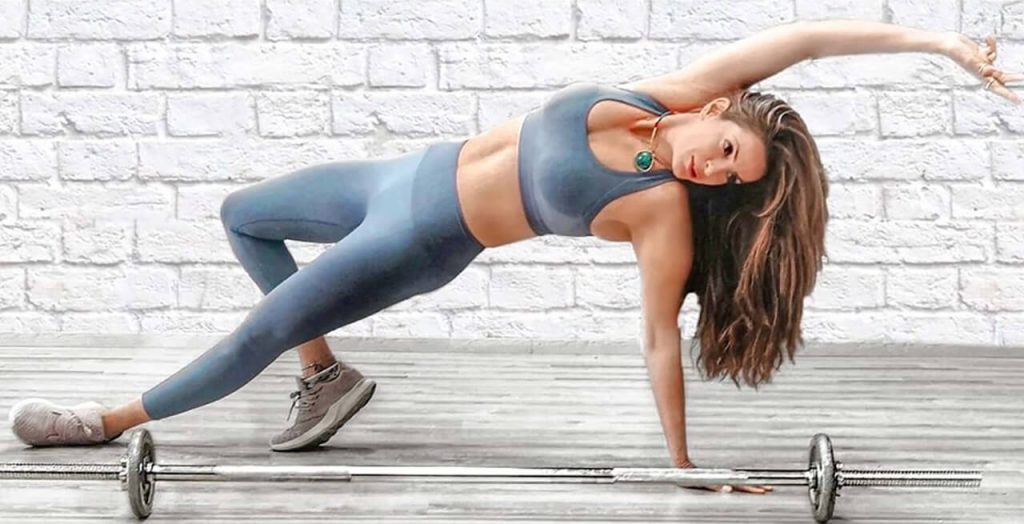The perception of physical activity is not based on habits, but on the biochemistry of the neurosystem. The brain tends to conserve energy, ignoring impulses to activity if it does not receive reinforcement in the form of dopamine. This is why the question of how to love sports requires a review of the entire system of perception of physical activity.
Early aversion to sports is often caused by imposed formats, such as mandatory running in school physical education classes, military drills, and boring exercise equipment without feedback. Overcoming this aversion requires reshaping associations. The goal is not to force the body, but to retrain the brain.
The psychological mechanics of interest inclusion
Before forming new behavioral patterns, it is necessary to stabilize the response of the limbic system. A simple way to do this is to associate movement with a positive anchor. It is also necessary to activate dopamine reinforcement:
- music with a strong rhythm;
- training clothes that give you a sense of confidence;
- spatial visualization of results.
Emotional reinforcement triggers the habituation process. At this stage, the goal is not to achieve a result, but to establish regularity. How to love sports? Use the psychological architecture of pleasure through microscopic victories.
The principle of small steps in a real scenario
 The strategy of incorporating sports into your routine is based on incorporating physical impulses into your daily activities. Instead of immediately purchasing a year-long gym membership, your steps should be reflexive:
The strategy of incorporating sports into your routine is based on incorporating physical impulses into your daily activities. Instead of immediately purchasing a year-long gym membership, your steps should be reflexive:
- Walking up the stairs instead of taking the elevator.
- A 7-minute morning workout with breathing activation.
- Walking after a meal on a medium-difficulty route.
- Replacing one route with an active one (walking/cycling).
- Downloading reminders to stretch every 3 hours.
This approach will remove internal resistance and make physical activity a normal part of life. The question of how to love sports will disappear, as the brain will start craving exercise as a way to release energy and recover.
Motivational triggers: what really works
Reinforcement theory explains why motivational posts don’t work. Information without physiological reinforcement doesn’t trigger action. Therefore, in practice, the following are important:
- gamification (checklists, points, challenges);
- competitive effect (marathons, communities);
- visual control (before/after photos, graphs);
- mentoring support (trainer, coach, partner).
All of this should trigger a cascade of engagement hormones.
How to fall in love with sports: choose a format that suits your biorhythms and personality
The exercise regimen should match the type of nervous system. An extrovert is activated in a group, while an introvert is activated in an isolated environment. Morning exercise is only suitable when the cortisol phase is stable. Without understanding this factor, attempting to exercise can cause stress.
Choosing a sport based on your personality type:
- Analysts — swimming, yoga, running;
- emotive — dancing, group fitness;
- logics — strength, crossfit;
- visuals — fitness with mirrors and light;
- kinestetics — martial arts, functional training.
It is important to find a type of exercise that does not cause irritation, but resonates with your individual rhythm.
How to love sports: specific steps
A step-by-step program for incorporating sports into your routine creates a sustainable behavior pattern. You need to:
- Record the time for sports in the calendar, like a business meeting.
- Buy equipment that feels good when you put it on.
- Start with 5 minutes a day — even if it’s just jumping on the spot.
- Write down motivation and purpose, fix initial parameters.
- Choose a progress tracker: app, notepad, chatbot.
- Commit yourself to not skip activation for 21 days (at least 3 minutes).
- Use external control: report to a friend, coach, or community.
- Seek pleasure in the process: music, setting, visual.
- Do not compare — only track personal dynamics.
- Set up a reward for every 7 days of consistency.
Only consistent micro-repetition creates a new neural network of habit. The answer to how to love sports is always hidden in regularity.
Working with the body as a source of energy
Physical activity does not “take away” energy, but rather releases it. After exercise, glucose transport to the brain improves, and dopamine sensitivity is restored. This enhances concentration, improves sleep, and regulates biorhythms.
In practice, a 25-30% increase in productivity is observed after 15 minutes of moderate exercise. Therefore, physical activity is not a time-consuming activity, but rather a way to multiply time. How can we develop a love for sports? By recognizing the direct benefits in our daily lives, such as faster thinking, reduced fatigue, and improved appearance.
Myths and False barriers
The main misconceptions that hinder the introduction of sports:
- “I don’t have time” – activity takes up 2% of the day.
- “I don’t see any results” – results appear after 21-28 days.
- “I need to go to the gym” – a home program is effective with the right system.
- “I don’t like sports” – the dislike is related to the form, not the movement.
The movement format should not cause discomfort, as this can lead to aversion. It is important to operate within a comfortable physiological range to avoid overtraining or injury.
Process Personalization Tools
Digital assistants help you set up targeted training formats. Popular solutions include:
- MyFitnessPal — tracking nutrition and exercise.
- Nike Training Club — selecting short programs.
- Habitica — turning tasks into RPG mechanics.
- SmartGym — monitoring progress and statistics.
- WatchFit — recommendations for biorhythms and heart rate.
How to love sports in the digital age? Use gamified and visualized systems. This makes training a part of your lifestyle, rather than an alien element.
How to love sports: the main conclusions
 To love sports is not to suddenly love running or the gym, but to implement a system in which movement brings pleasure, consolidates results, and fits into your personal rhythm. Only a personalized implementation strategy supported by the biochemistry of motivation can transform a habit. The question of how to love sports disappears when activity becomes a source of recovery and growth rather than a task.
To love sports is not to suddenly love running or the gym, but to implement a system in which movement brings pleasure, consolidates results, and fits into your personal rhythm. Only a personalized implementation strategy supported by the biochemistry of motivation can transform a habit. The question of how to love sports disappears when activity becomes a source of recovery and growth rather than a task.












